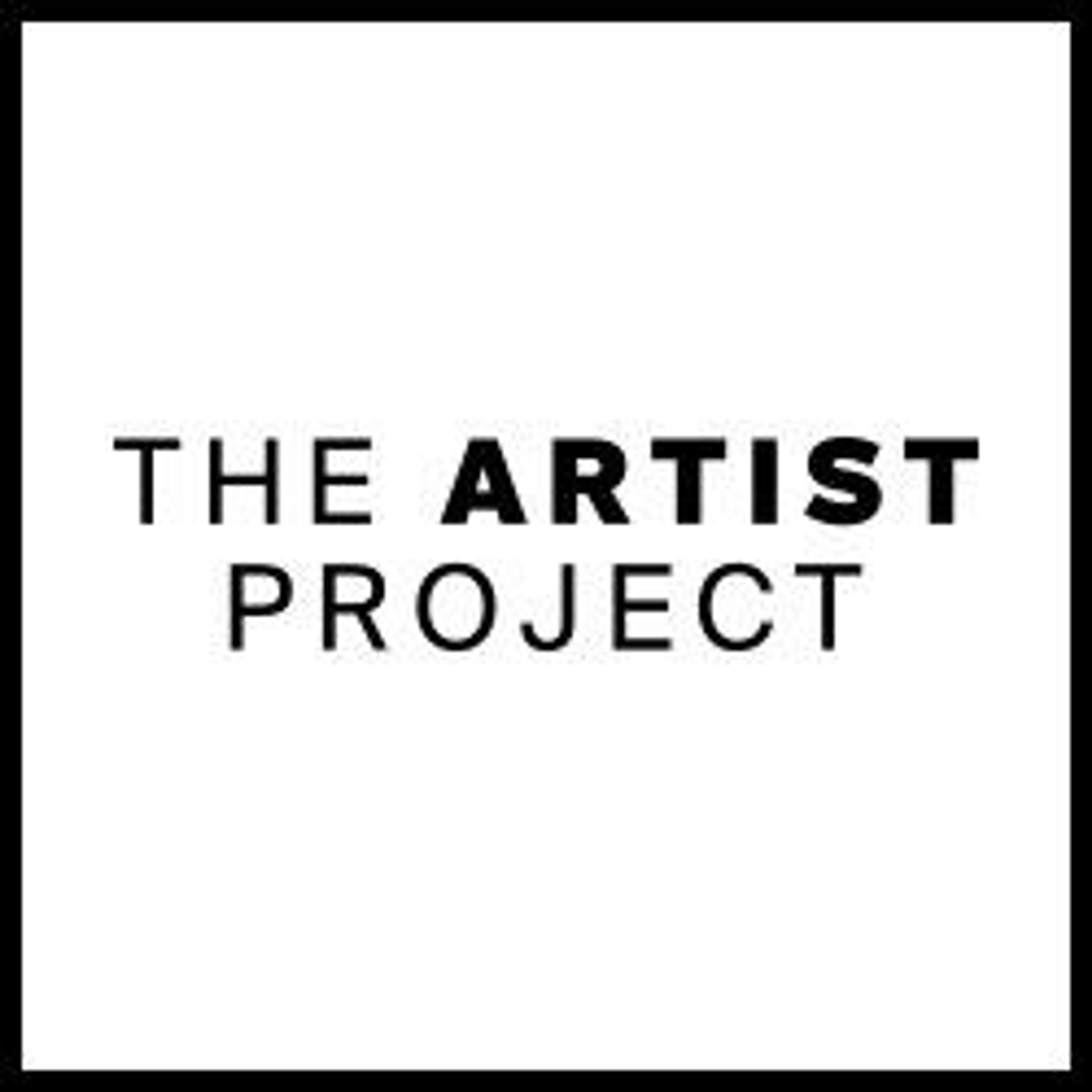Untitled [Seated Woman with Chevron Print Dress]
In the twentieth century, photography became a medium of expression that African artists began to draw upon to reflect on the world around them. One of the exceptional talents to emerge in this area has been the Malian photographer Seydou Keita (ca. 1921–2001), whose work has been admired on an international scale. Keita's oeuvre consists of portraits that chronicle Malian life during the mid-twentieth century. His portraits are renowned for not only their masterful formal composition, but also their ability to capture the nuances of this important transitional period in Malian history.
This portrait of an unidentified woman displays the signature pictorial style that made Keita the premier Malian photographer of his generation. Employing different backdrops and successfully combining pattern on pattern, the woman's skirt is dynamically juxtaposed with the regularity of the floral motif on the backdrop behind her. Keita positioned the woman so the arrow design of her dress directs the viewer to her bodice, where light vertical elements of her blouse lead toward her smiling, confident face. The overall pattern on the backdrop holds the viewer's attention while it gently repeats itself and simultaneously guides our eyes back down to her skirt.
This portrait is one among hundreds Keita made in his legendary studio in Bamako, the capital city of Mali. Opened in 1948 near the railway station and post office his studio was the fashionable place to be seen and photographed. This location attracted local customers, including those en route to Senegal. Keita operated his studio until 1962, when, after Mali's independence, he was asked to be a government photographer, he retired in the mid-1970s. He was meticulous about preserving and organizing his negatives, but he did not record the names of the people who waited patiently to be photographed. Therefore at present, the name of this woman is unknown to us.
This portrait of an unidentified woman displays the signature pictorial style that made Keita the premier Malian photographer of his generation. Employing different backdrops and successfully combining pattern on pattern, the woman's skirt is dynamically juxtaposed with the regularity of the floral motif on the backdrop behind her. Keita positioned the woman so the arrow design of her dress directs the viewer to her bodice, where light vertical elements of her blouse lead toward her smiling, confident face. The overall pattern on the backdrop holds the viewer's attention while it gently repeats itself and simultaneously guides our eyes back down to her skirt.
This portrait is one among hundreds Keita made in his legendary studio in Bamako, the capital city of Mali. Opened in 1948 near the railway station and post office his studio was the fashionable place to be seen and photographed. This location attracted local customers, including those en route to Senegal. Keita operated his studio until 1962, when, after Mali's independence, he was asked to be a government photographer, he retired in the mid-1970s. He was meticulous about preserving and organizing his negatives, but he did not record the names of the people who waited patiently to be photographed. Therefore at present, the name of this woman is unknown to us.
Artwork Details
- Title: Untitled [Seated Woman with Chevron Print Dress]
- Artist: Seydou Keïta (Malian, Bamako ca. 1921–2001 Paris)
- Date: 1956, printed 1997
- Geography: Mali, Bamako
- Medium: Gelatin silver print
- Dimensions: 60.96 x 50.8 cm (24 x 20 in.)
- Classification: Photographs
- Credit Line: Purchase, Joseph and Ceil Mazer Foundation Inc. Gift, 1997
- Object Number: 1997.364
- Curatorial Department: The Michael C. Rockefeller Wing
More Artwork
Research Resources
The Met provides unparalleled resources for research and welcomes an international community of students and scholars. The Met's Open Access API is where creators and researchers can connect to the The Met collection. Open Access data and public domain images are available for unrestricted commercial and noncommercial use without permission or fee.
To request images under copyright and other restrictions, please use this Image Request form.
Feedback
We continue to research and examine historical and cultural context for objects in The Met collection. If you have comments or questions about this object record, please contact us using the form below. The Museum looks forward to receiving your comments.
